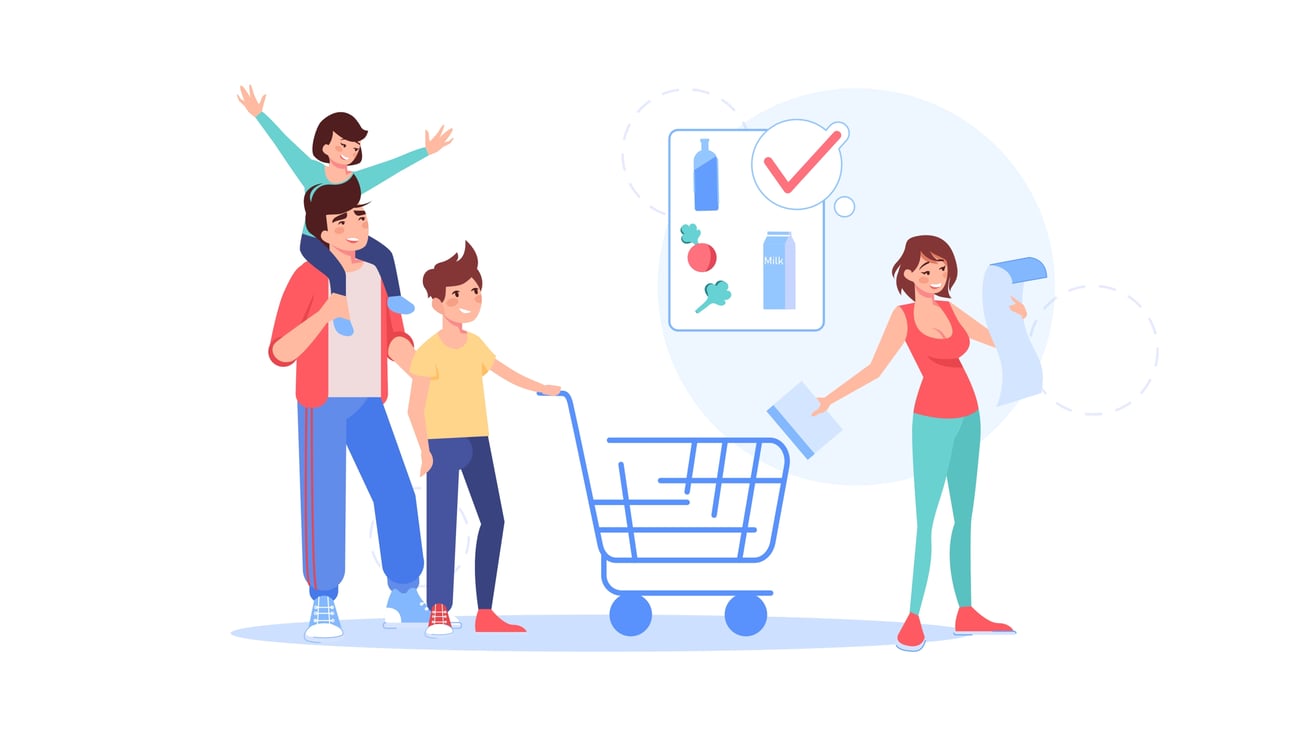Competing in the new retail landscape
Modern retail has long been guided by a powerful premise: the bigger, the better. Big was better for retailers because scale drove down unit cost and so raised return on investment. It was also better for consumers, who gained greater assortment, better prices and convenient one-stop shopping. And big was better for suppliers, who benefited from greater shelf space to deploy brand and category portfolio strategies.
Over the past 10 to 15 years, however, the modern retail store has evolved. Supply chain improvements have made it possible to achieve similar or even higher levels of profitability with smaller stores, paving the way for smaller retail chains to expand and take share from larger competitors.
But for some big-box retailers the shift hasn’t been a boon. The result: today’s retail environment is more fragmented than ever. Fierce competition has led to a dependency on promotions among large retailers.
The only constant in the retail environment is change. As retailers consider where to go from here, there are a few truths to keep in mind:
Differentiation and a focus on the consumer will drive growth. The retail landscape is crowded and technology has given consumers access to more information and greater power over shopping. Retailers must give shoppers a reason to choose them over their competitors, and it can’t just be about price. To differentiate, retailers must evolve with the needs of their customers—whether it’s a digital tool to make shopping easier or staff with deep expertise that can help consumers select products. And this process must be ongoing, with retailers continuously monitoring and adjusting.
Thinking small can yield big rewards. Consumers are dictating how, when and where they shop. And they’re increasingly looking for control not just over the shopping experience, but over the features of the products and services, too. In the future, we may see consumers more directly involved in product development as some brands rely on crowdsourcing and co-creation to add value, differentiate and retain loyalty. Greater localization is also likely. Retailers can now leverage vast amounts of data to tailor recommendations and provide relevant advertising and offers—delivered in real time—based on consumers’ past purchasing, their preferences and the shopping occasion.
The role of the physical store will change. Stores aren’t going to disappear any time soon, but they will undergo a dramatic transformation as ecommerce grows and shopper expectations change. Retailers need to consider what role physical stores will play in their omnichannel strategy and how they can use them to strengthen their offerings and deliver value each trip.
Analytics can enable growth. Big data has enormous implications for marketers, but its potential goes beyond providing relevant ads and offers. Data has the power to help retailers solve big business problems and identify opportunities. Winning retailers leverage advanced analytics and invest significant human and financial capital in these capabilities, using data to optimize assortment, inventory and supply chains and to make pricing decisions that reduce costs and maximize profits in real time.
Carman Allison is vice-president of consumer insights at Nielsen in Toronto. Follow him @CarmAllison


